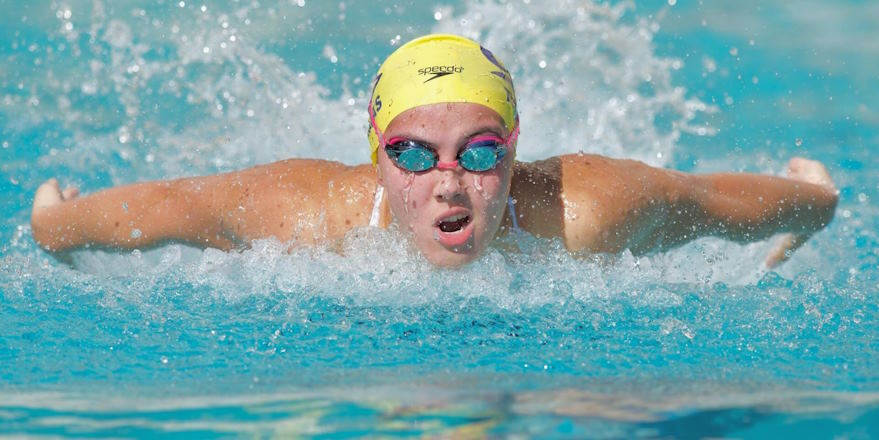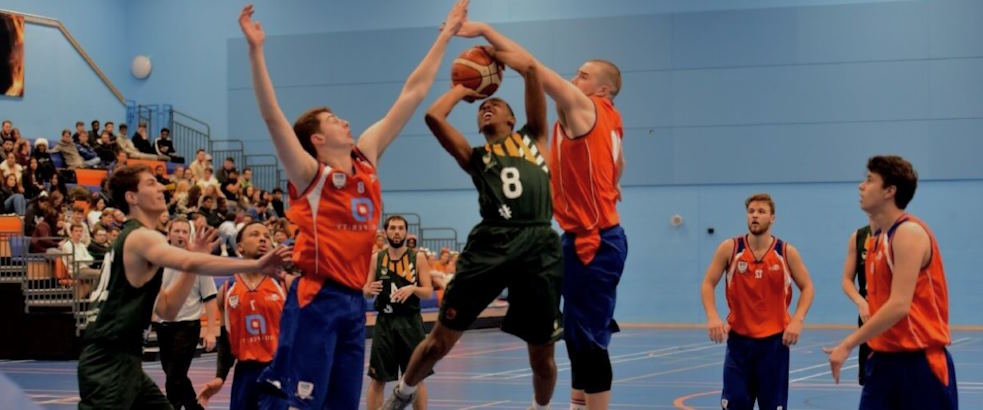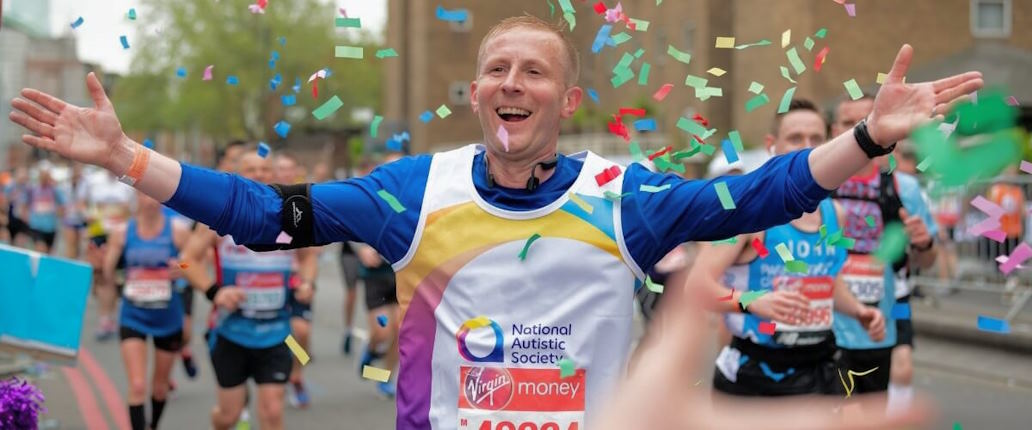Sporting event photography is a thrilling and dynamic genre that requires skill, anticipation, and the ability to capture the essence of fast-paced competitions. Photographers specializing in sports events face unique challenges, such as freezing action, capturing decisive moments, and showcasing the intensity and excitement of athletic performances. In this article, we will explore the world of sporting event photography, discuss techniques for freezing action and capturing decisive moments, and highlight the significance of anticipating movements and positioning oneself strategically to capture the best shots.
The Unique Challenges of Sporting Event Photography
Sporting event photography presents a set of challenges that sets it apart from other genres. Here are a few key considerations:
Fast-paced Action
Sports events unfold rapidly, with athletes moving swiftly and unpredictably. Photographers must be able to react quickly to capture the key moments amidst the high-speed action.
Variable Lighting Conditions
Sporting events can occur in various lighting conditions, from bright outdoor stadiums to dimly lit indoor arenas. Adjusting settings and adapting to changing light becomes crucial to ensure well-exposed images.
Telephoto Lens Requirements
Sports photographers often rely on telephoto lenses with long focal lengths to capture the action up close. These lenses allow them to isolate athletes and bring the viewers closer to the action.

Techniques for Capturing Sports Action
To effectively freeze action, capture decisive moments, and showcase the intensity of sports competitions, consider the following techniques:
Fast Shutter Speeds
Use a fast shutter speed to freeze the action and capture athletes in sharp detail. Start with a minimum of 1/500th of a second and adjust accordingly based on the speed of the sport and the desired effect.
Continuous Shooting Mode
Utilize the continuous shooting mode (burst mode) to capture a series of images rapidly. It helps increase the chances of capturing the perfect moment.
Pre-focusing and Tracking
Anticipate the athletes’ movements and pre-focus on the spot where the action is likely to occur. Use continuous autofocus and track the subject to maintain focus as they move.
Composition and Timing
Pay attention to composition and timing to capture powerful and visually engaging images. Frame the action with intention, consider the rule of thirds, and time your shots to capture peak moments of athleticism or emotional expression.

Anticipation and Strategic Positioning
Anticipation and strategic positioning are vital in capturing the best shots in sports events. Here’s why they are significant:
Anticipation
Understanding the sport and being familiar with the athletes’ tendencies allows you to anticipate the action and be ready to capture key moments. Anticipating a player’s next move or the climax of a particular event enables you to position yourself in the right spot.
Strategic Positioning
Position yourself strategically to capture different angles, perspectives, and points of view. Experiment with shooting from various vantage points, such as behind the goal or from the sidelines, to showcase different aspects of the sport and create visually dynamic images.
Emphasizing Emotion
Look beyond the action itself and focus on capturing the emotions of athletes, coaches, and fans. Facial expressions, celebrations, and moments of triumph or defeat convey the human element and add depth to your sports images.


